The soft, polymer material acts like a brain, simultaneously sensing, thinking, and acting.
Get the latest international news and world events from around the world.
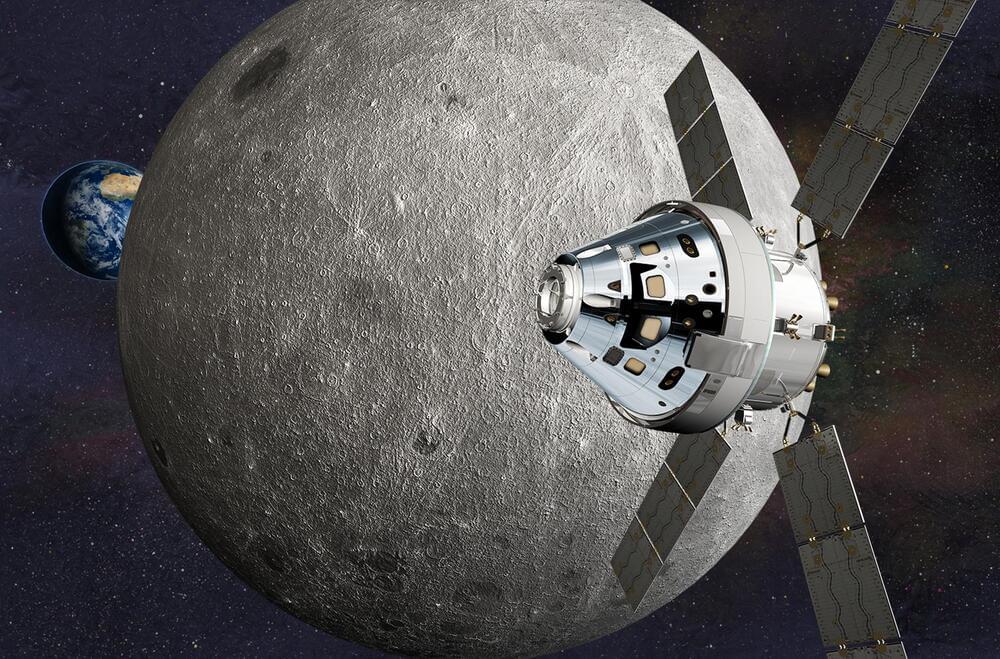
Interview: Apollo vs Orion, The Key Differences Explained by Lockheed Martin Personnel
The Lockheed Martin Orion is the latest arrival of a human-rated spacecraft slated to take humans beyond the bounds of Low Earth Orbit and close to the surface of another heavenly body. But for all its grace, sophistication, and dedicated design team, there are undoubtedly public misconceptions surrounding the ship.

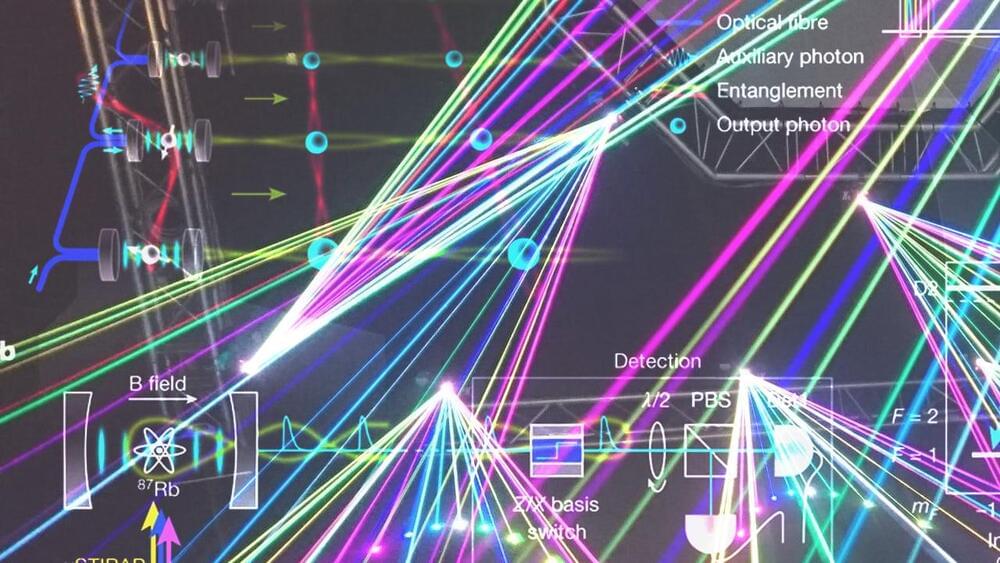
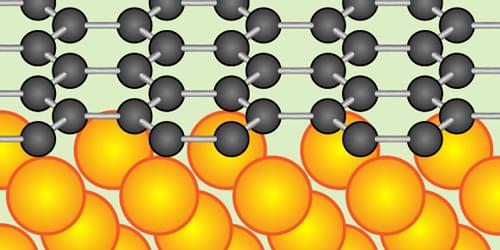
Spectroscopy That Doesn’t Scratch the Surface
Researchers have demonstrated a way of measuring the electronic states of a material’s surface while avoiding signal contaminations from deeper layers.
The electronic states of a material’s surface might only be 2D, but they offer a depth of interesting physics. Such states, which are distinct from those of the material’s bulk, dominate many phenomena, such as electrical conduction, magnetism, and catalysis, and they are responsible for nontrivial surface effects found in topological materials and systems with strong spin-orbit interaction. Surface electronic states also control the properties of so-called 2D materials, such as graphene. To understand surface phenomena and harness them in practical devices, researchers chiefly rely on photoemission spectroscopy, which measures the energy and momentum of electrons emitted when photons hit the material. The high resolution with which electron energy and momentum can be characterized allows physicists to measure both the band structure and the density of states (DOS) in the few surface layers where escaping photoelectrons originate.
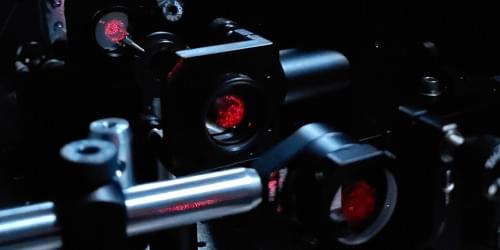
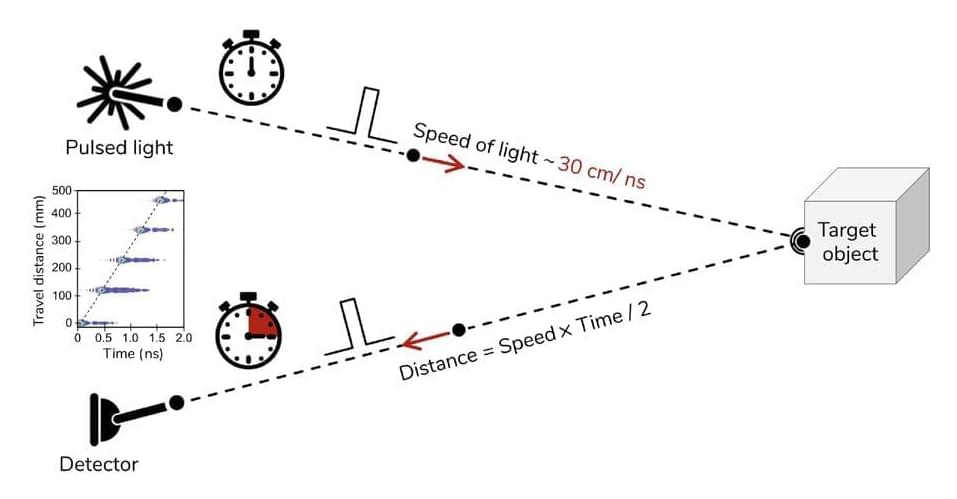
New highly efficient lead-bin binary perovskite photodetectors with fast response times
Researchers at the University of Toronto and the Barcelona Institute of Science and Technology have recently created new solution-processed perovskite photodetectors that exhibit remarkable efficiencies and response times. These photodetectors, introduced in a paper published in Nature Electronics, have a unique design that prevents the formation of defects between its different layers.
“There is growing interest in 3D range imaging for autonomous driving and consumer electronics,” Edward H. Sargent told TechXplore. “We have worked as a team for years on finding new materials that enable light sensing technologies such as next-generation image sensors and striving to take these in a direction that could have a commercial and societal impact.”
Photodetectors, sensing devices that detect or respond to light, can have numerous highly valuable applications. For instance, they can be integrated in robotic systems, autonomous vehicles, consumer electronics, environmental sensing technology, fiber optic communication systems and security systems.

Physicists uncover new dynamical framework for turbulence
Turbulence plays a key role in our daily lives, making for bumpy plane rides, affecting weather and climate, limiting the fuel efficiency of the cars we drive, and impacting clean energy technologies. Yet, scientists and engineers have puzzled at ways to predict and alter turbulent fluid flows, and it has long remained one of the most challenging problems in science and engineering.
Now, physicists from the Georgia Institute of Technology have demonstrated—numerically and experimentally—that turbulence can be understood and quantified with the help of a relatively small set of special solutions to the governing equations of fluid dynamics that can be precomputed for a particular geometry, once and for all.
“For nearly a century, turbulence has been described statistically as a random process,” said Roman Grigoriev. “Our results provide the first experimental illustration that, on suitably short time scales, the dynamics of turbulence is deterministic—and connects it to the underlying deterministic governing equations.”
X-shaped radio galaxies might form more simply than expected
When astronomers use radio telescopes to gaze into the night sky, they typically see elliptical-shaped galaxies, with twin jets blasting from either side of their central supermassive black hole. But every once in a while—less than 10% of the time—astronomers might spot something special and rare: An X-shaped radio galaxy, with four jets extending far into space.
Although these mysterious X-shaped radio galaxies have confounded astrophysicists for two decades, a new Northwestern University study sheds new insight into how they form—and its surprisingly simple. The study also found that X-shaped radio galaxies might be more common than previously thought.
The study will be published on Aug. 29 in The Astrophysical Journal Letters. It marks the first large-scale galaxy accretion simulation that tracks the galactic gas far from the supermassive black hole all the way toward it.

FTC Sues Data Broker Over Selling Location Data for Hundreds of Millions of Phones
The U.S. Federal Trade Commission (FTC) on Monday said it filed a lawsuit against Kochava, a location data broker, for collecting and selling precise geolocation data gathered from consumers’ mobile devices.
The complaint alleges that the U.S. company amasses a “wealth of information” about users by purchasing data from other data brokers to sell to its own clients.
“Kochava then sells customized data feeds to its clients to, among other purposes, assist in advertising and analyzing foot traffic at stores or other locations,” the FTC said. “Among other categories, Kochava sells timestamped latitude and longitude coordinates showing the location of mobile devices.”